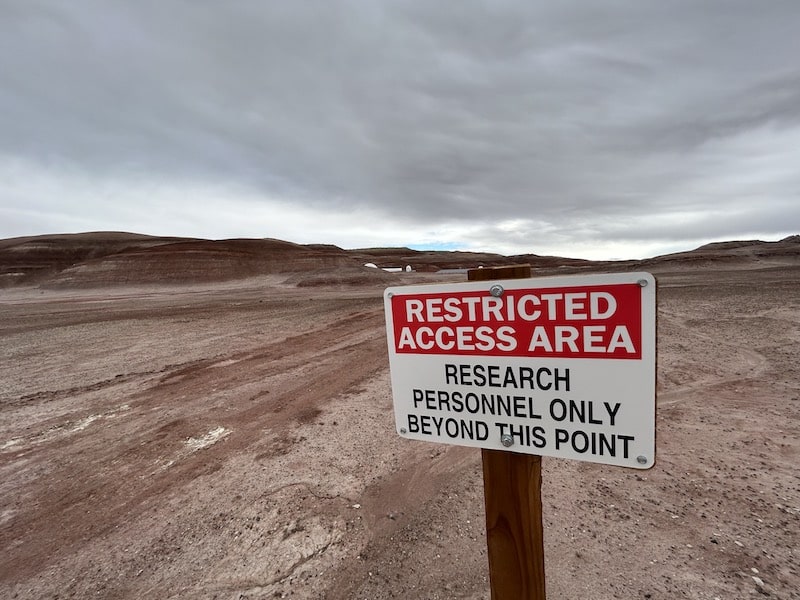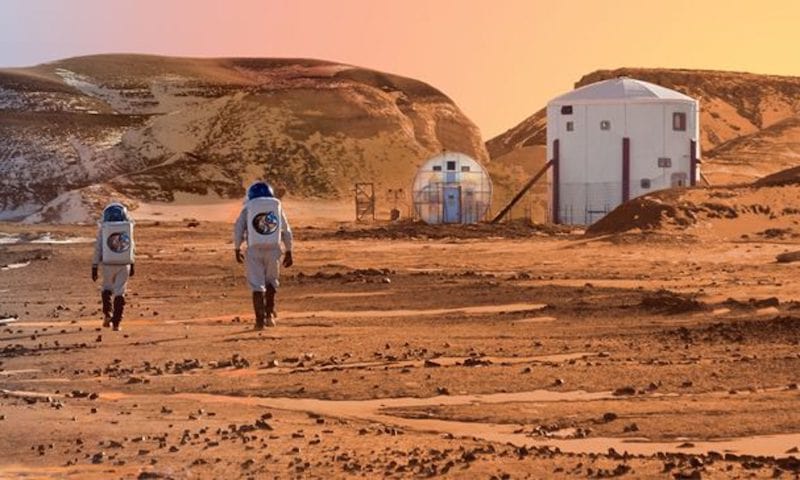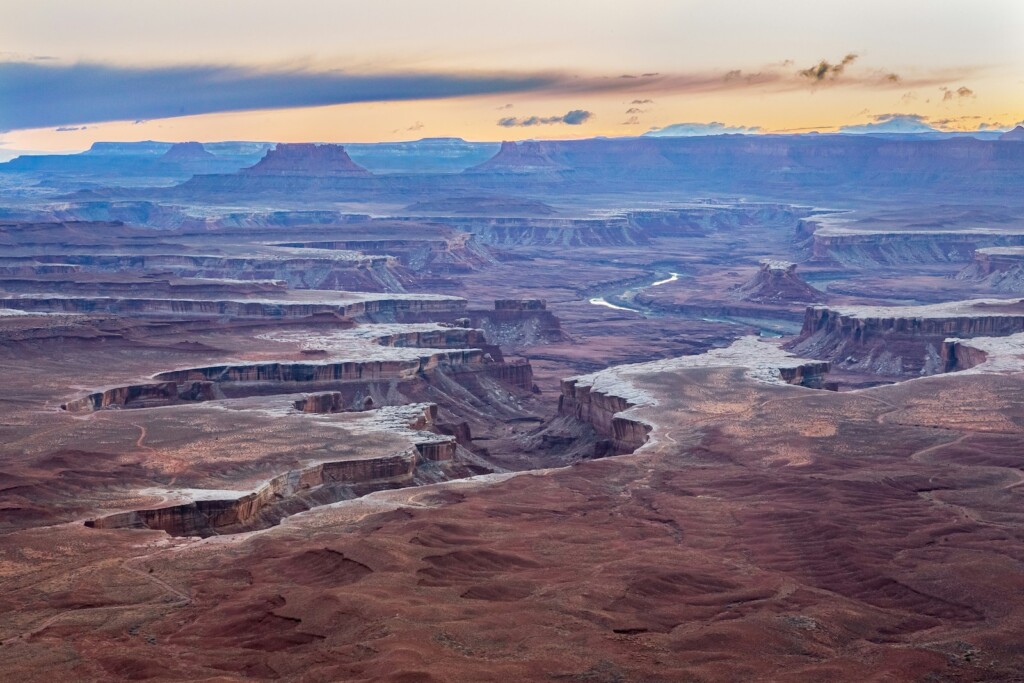Don’t Wait Until 2029 to Visit the Red Planet
We stumbled upon the Martian research station after exiting onto a dirt road near Hanksville, Utah; population 190. Signs are posted everywhere to not fly drones over the facility, so we didn’t.
Assuming we had finally found the new base where DARPA’s team must be keeping the descendants of Roswell’s Martians (kept alive since their untimely crash in Roswell, New Mexico in the early 1950s), we honored their seclusion and privacy and maintained our distance. We saw no sign of the aliens who are likely being housed inside, still unaccustomed to the heavy high-oxygen atmosphere of Earth.
The Mars Desert Research Station (MDRS) is a “space” station located near Hanksville. The Mars Society operates the laboratory in the remote BLM land expanse, which they describe as an “analog to Mars geology”. MDRS takes researchers on 2-3 week missions. Crews need to carry out their missions in microbiological and geological laboratories. The station features state-of-the-art aquaponic growing systems as well as a 7.5-foot automated dome telescope. Sleeping quarters reside in the upper deck of the “Hab”, which is a cylindrical building originally constructed in 2001.
The habitat offers an air lock where biological and geological experiments can be conducted in similar conditions to what the first colonists on Mars might encounter,

By 2029, Elon Musk’s SpaceX will land a human on Mars. Musk hopes to accomplish the feat possibly before we destroy planet earth. While the actual planet of Mars is 140 million miles away, and will require over six months of travel time with primarily a CO2 atmosphere, this Mars station was about 14 miles off Cow Dung Road. The methane from cow dung assists in mimicking the Martian high-methane atmosphere.
The facility appeared to be well funded. In addition to the original observatory, there is a robotic observatory that is linked to the Hab via above ground tunnels. The facility includes a solar array which provides enough electricity to maintain all the needs of the inhabitants. Don’t try to speak to the inhabitants or approach the observatory; they don’t want to be bothered.
The operation is a fully volunteer enterprise with over 1,000 people participating in the Martian (alien cover-up) to date. Rumors persist that the Martians living in the Hab want to return home, but they will have to wait until after 2029.






